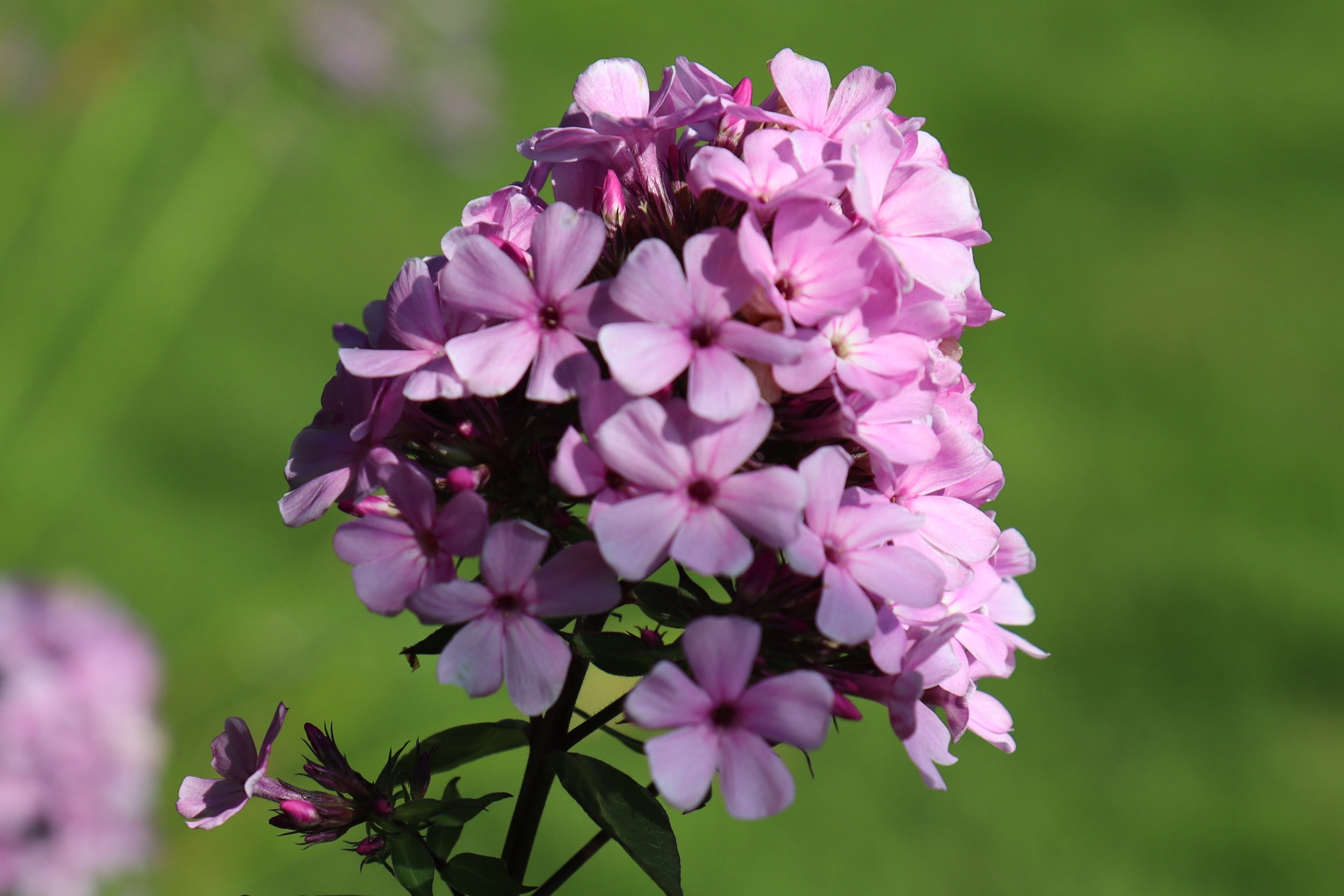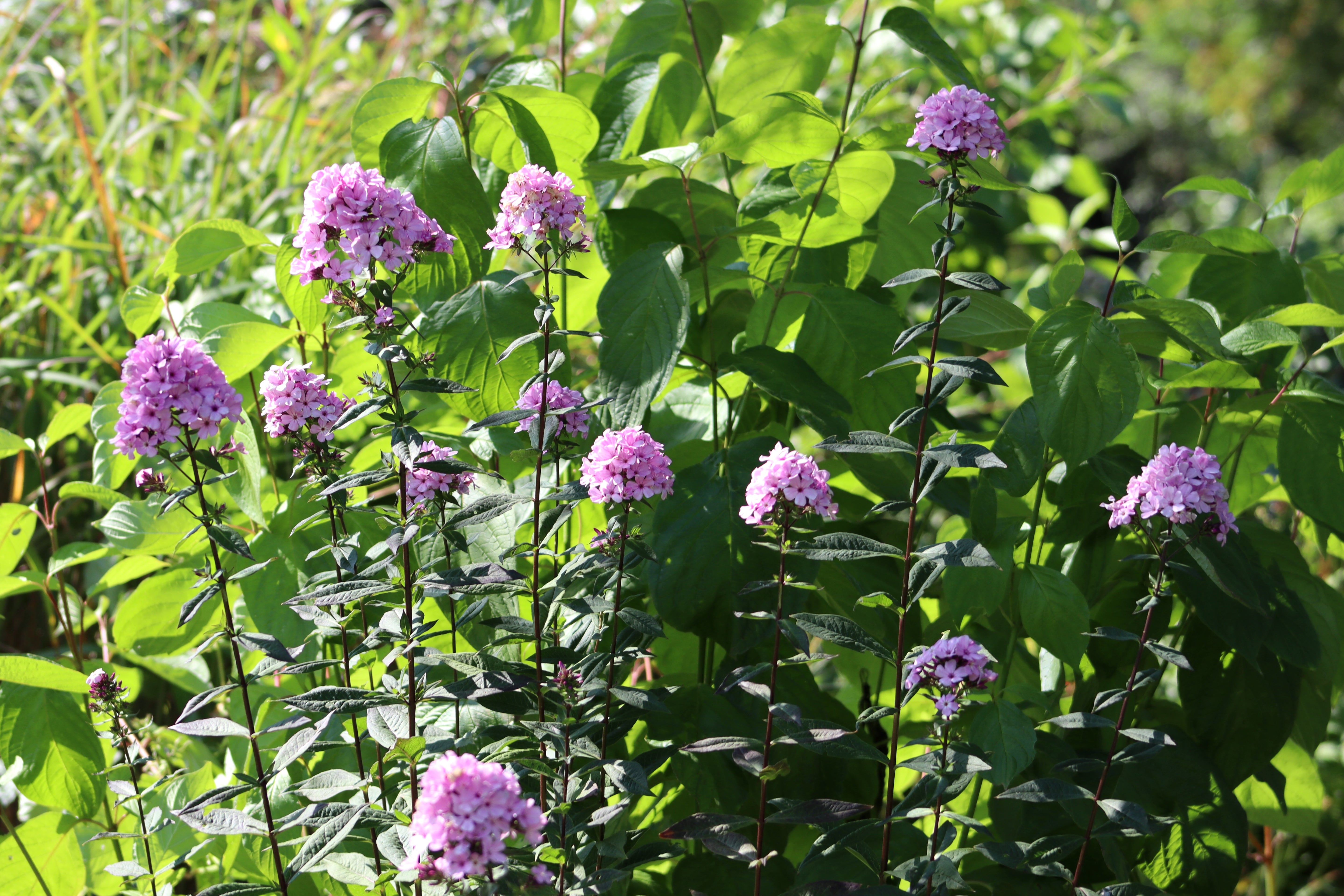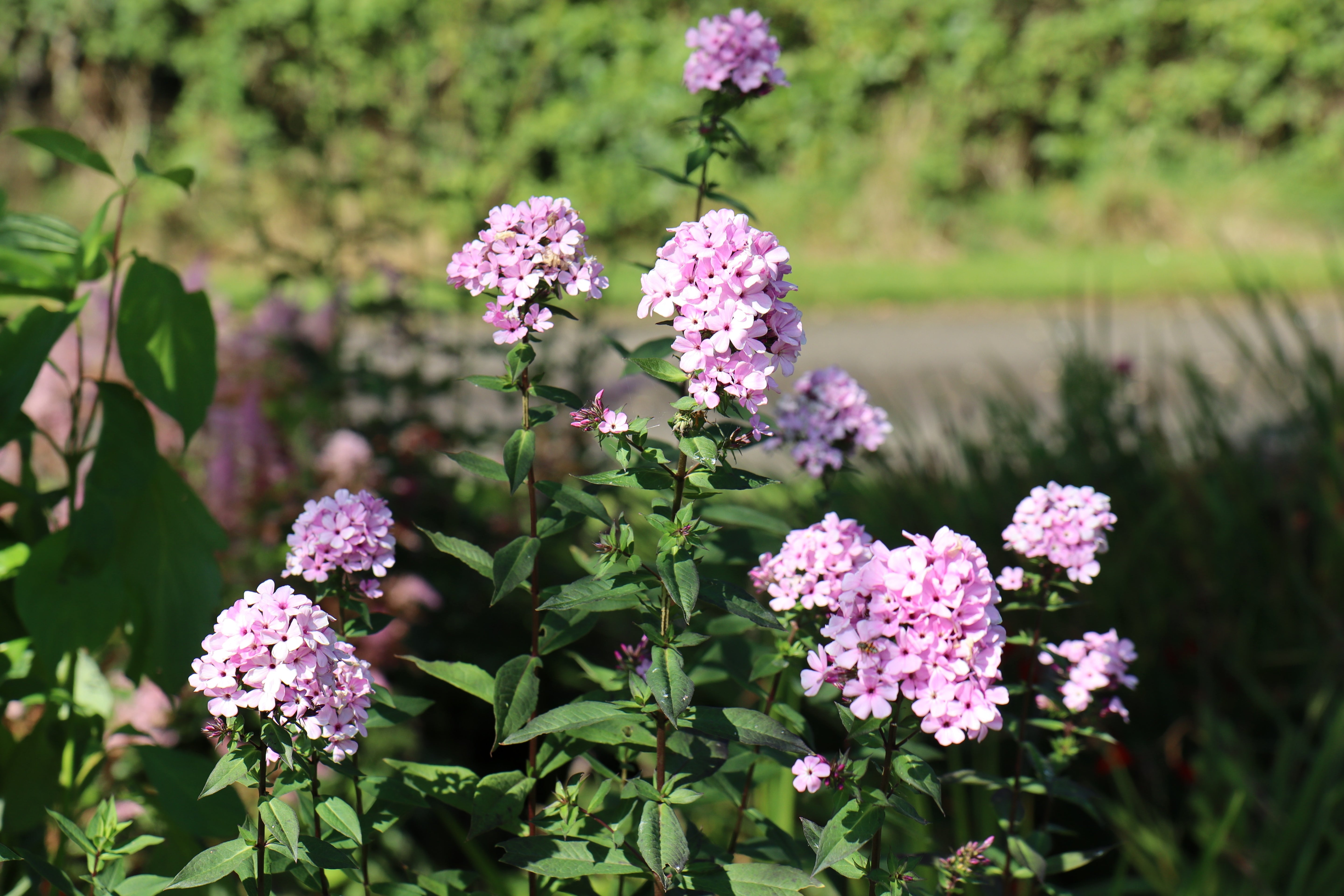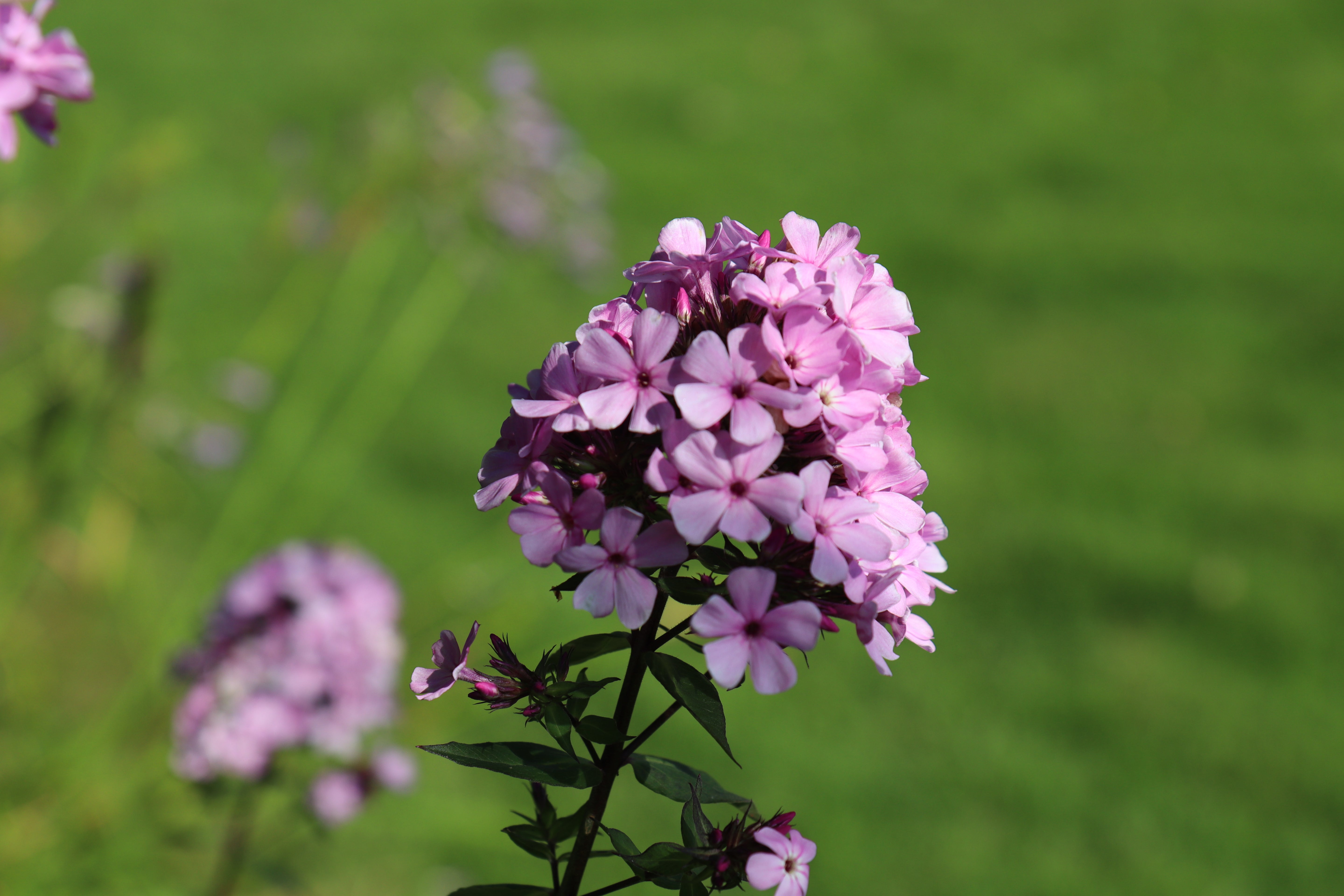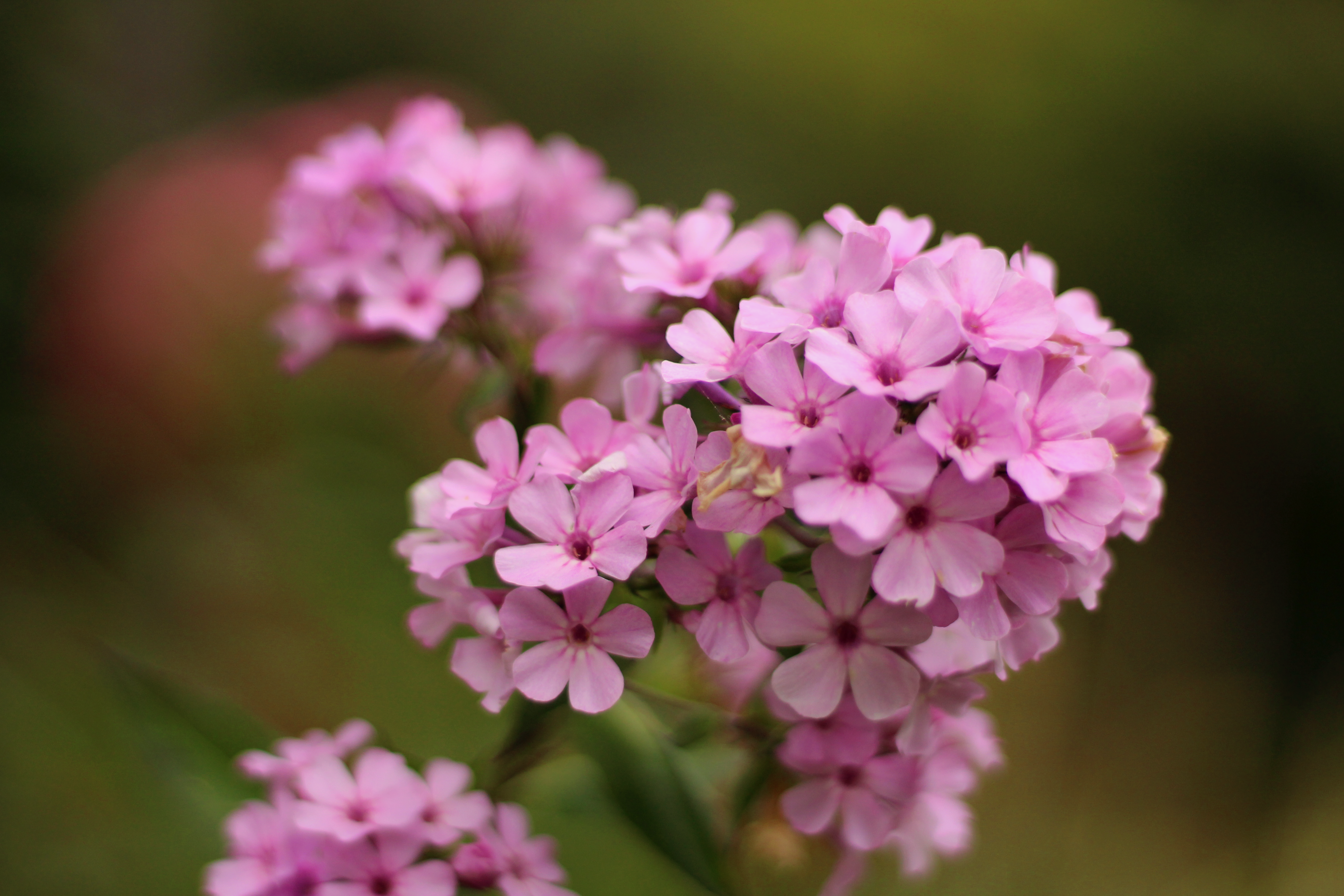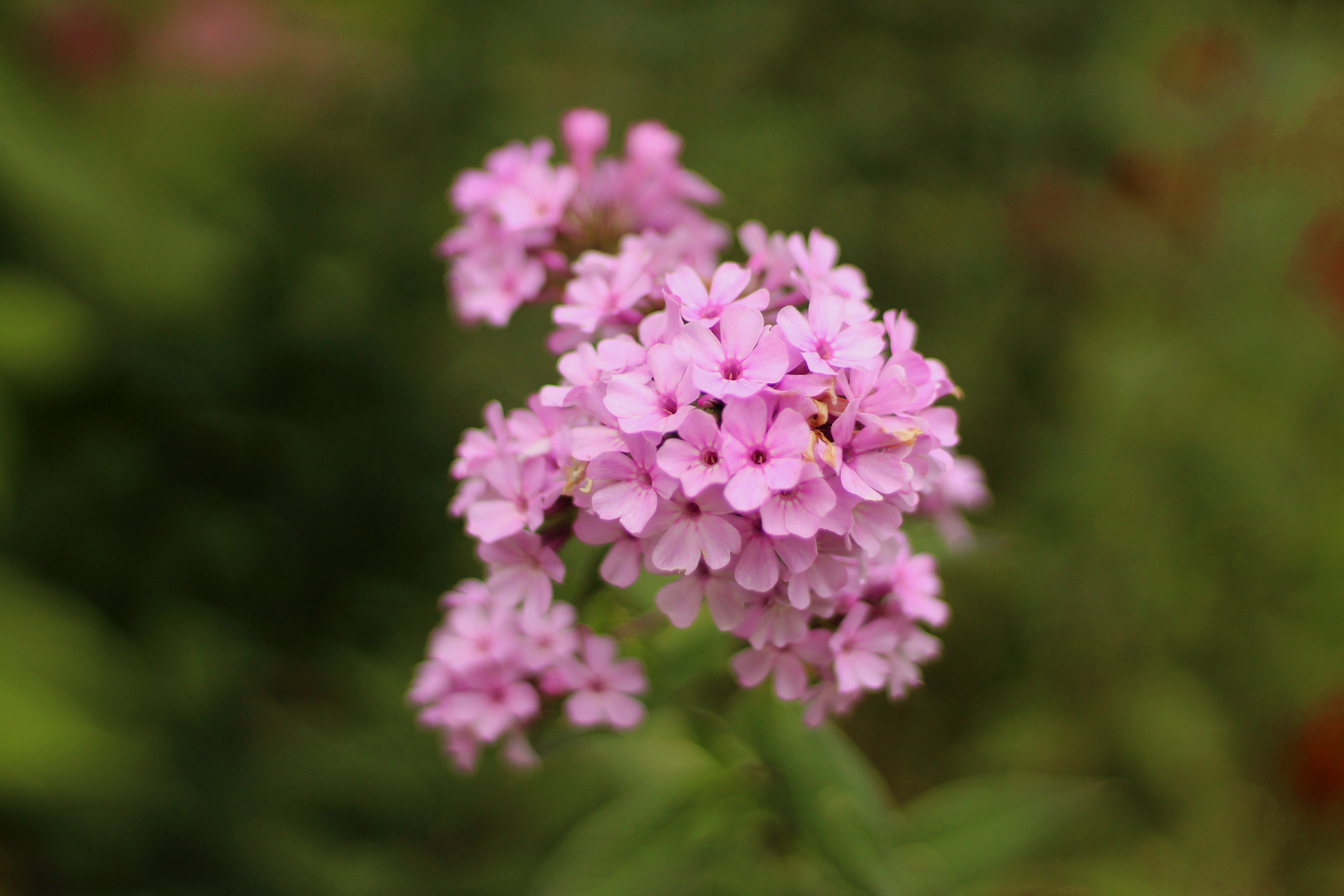Phlox x arendsii 'Paul'
Approx. 0.5 litre pot
About this cultivar:
Phlox x arendsii 'Paul' reliably provides tight clusters of petite pinky purple flowers on delightfully dark stems.
The species x arendsii, unsurprisingly, comes from the famous German horticulturist Georg Arends (1863–1952). After crossing the early flowering paniculata species with the low-growing woodland divaricata species he came up with his first Phlox x arendsii in 1912. The result being a more compact plant which retained the impressive flowering of the paniculata species.
Georg also hybridised Aconitum x arendsii and Astilbe Arendsii Group. In total over 300 hybrids that bear his name. To this day you can still visit the Northern Rhine nursery he founded in 1888!
- Position: Full sun, partial shade
- Soil: Almost any soil, grows well in Ballyrobert
- Flowers: July, August, September
- Other features: Bees and Butterflies
- Hardiness: Fully hardy, grows well in Ballyrobert, H7 - Hardy in the severest European continental climates (< -20°C)
- Habit: Clump forming, Columnar or Upright
- Foliage: Deciduous
- Height: 60 - 90 cm (2 - 3 ft)
- Spread: 30 - 60 cm (1 - 2 ft)
- Time to full growth: 2 to 5 years
- Plant type: Herbaceous Perennial
- Colour: Green, pink
- Goes well with: Many - but we love Roses, Grasses, and Astilbe
About this genus:
Phlox gets its name from the Greek for flame. It is a genus of 67 species of perennial and annual plants in the Jacob's Ladder family (Polemoniaceae). They are found mostly in North America (one in Siberia) in diverse habitats from alpine tundra to open woodland and prairie. Some flower in spring, others in summer and autumn. Flowers may be pale blue, violet, pink, bright red, or white. Many are fragrant. Some species such as P. paniculata (Garden Phlox) grow upright, while others such as P. subulata (Moss Phlox, Moss Pink, Mountain Phlox) grow short and matlike. A variable genus!
All the Phlox we have to sell, like all our plants, have been grown and trialed in our own garden. We've found them to be unfussy - full sun to part shade and almost any non-waterlogged soil should be fine.
Combinations are many - but we love Roses, Grasses, and Astilbe.

